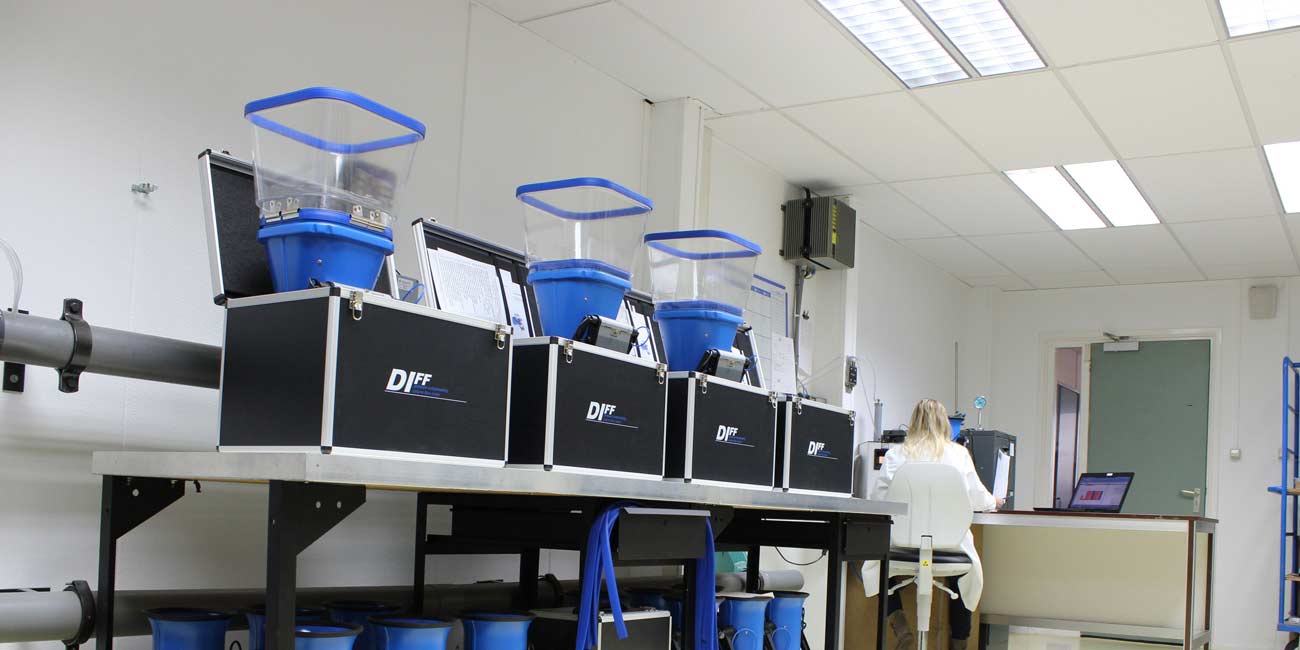Tuesday 21 January 2014

In the United Kingdom, regulation 42 of the Building regulations 2010 requires builders to provide evidence of the testing of all fixed fans to the Building Control Body (BCB) within 5 days of the test being carried out. The domestic Ventilation Compliance guide (dVCg) published in 2010 the approved procedures for measuring air flows and how to reporting the results.
According to the procedure for testing axial fixed fans is using a vane anemometer, but this has presented practical challenges. In particular, it has been shown that the resistance of the testing equipment can adversely affect the test results. Builders have also found the description of the procedure to be unclear.
NHBC has been working to devise a solution to these issues to allow accurate testing and reporting of fixed fans to be undertaken for all new dwellings. The NHBC guidance note describes three methods which builders can follow to test, record and report the testing of fixed fans in order to demonstrate compliance with the requirements to satisfy the BCB and discharge their obligations under Regulation 42.
1. The unconditional Method
This measurement method uses a flow hood which eliminates back pressure and places no additional restrictions on the fans being tested. The results shown on the equipment can therefore be taken as the correct performance of the fan. The DIFF Automatic Air Volume Flow Meter with zero pressure compensation is an instrument that works via this method. This method is quick and accurate for pressure measurement.
2. The conditional Method
This method allows a wide variety of testing equipment to be used (vane anemometers, capture hoods, thermal anemometers, differential anemometers, etc.). Once the fan is tested, the reading is adjusted using a conversion factor specific to the fan make and model and the type of equipment being used. The conversion factors must be provided by the fan manufacturer and be based on the third party testing by an accredited body. Copies of the results should be made available on request. It is important that the correct conversion factors are used and must in all cases be specific to the installed fan.
3. Minimum Benchmark Method
This method can be used where method 1 and 2 can not be. The test procedure is carried out as Method 1 and 2 using a vane anemometer fitted with a hood. Minimum benchmark levels have been set which factor the impact of the test equipment. If the fan performance exceeds the minimum benchmark value indicated. It would be reasonable for the BCB to assume that the fan is performing to the required level and accept the test results.
Would you like to read the whole article of NHBC about this issue? Click here
Source: NHBC (2013), “Evidence of mechanical ventilation flow rate testing –testing of fixed axial fans”.
By continuing to use the site, you agree to the use of cookies. more information
The cookie settings on this website are set to "allow cookies" to give you the best browsing experience possible. If you continue to use this website without changing your cookie settings or you click "Accept" below then you are consenting to this.